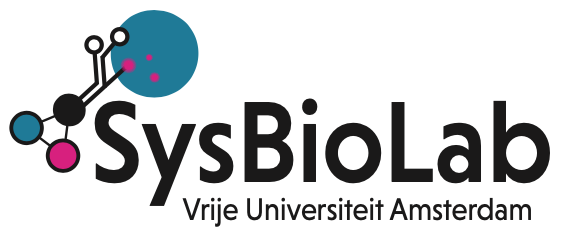When Bas Teusink and Douwe Molenaar came to the VU University, about a decade ago, they had just published a thought-provoking paper on how microbial physiology can result from optimal allocation of biosynthetic resources, such as ribosomes, RNA polymerases, amino acids, energy, etc., in order to maximise growth rate (https://doi.org/10.1038/msb.2009.82). Roughly at the same time, a paper from Terry Hwa’s lab was published providing experimental evidence for the potential of thinking in terms of allocation of limited biosynthetic resources — regardless of any optimality assumption (https://science.sciencemag.org/content/330/6007/1099). Some of those ideas can be traced back to the ideas of Kjeldgaard, Schaechter and Maaløe several decades ago (e.g. O. Maaløe, An analysis of bacterial growth, Developmental Biology Supplement, 3, 33-58, 1969). Many of developments of the last decade have now been reviewed by us in FEMS Microbiology Reviews (https://doi.org/10.1093/femsre/fuaa034).
What has become clear in the last decade is that the assumption of maximal (per capita of specific) growth rate is a very powerful one to understand the behaviour of (model) microorganisms, such as Escherichia coli and Saccharomyces cerevisiae. Why they express certain metabolic pathways, to which degree they tune expression of proteins, what the fitness effects are of unneeded protein expression, and what limits growth can all be predicted in the current theoretical framework, which matches experimental data remarkably well.
This review also indicates the great potential of theory in microbiology and the likely universality of the underlying causes of many metabolic behaviours.
We hope that you enjoy reading the review, we certainly had a lot of fun writing it, and performing some of the research mentioned in it.

Recent Comments